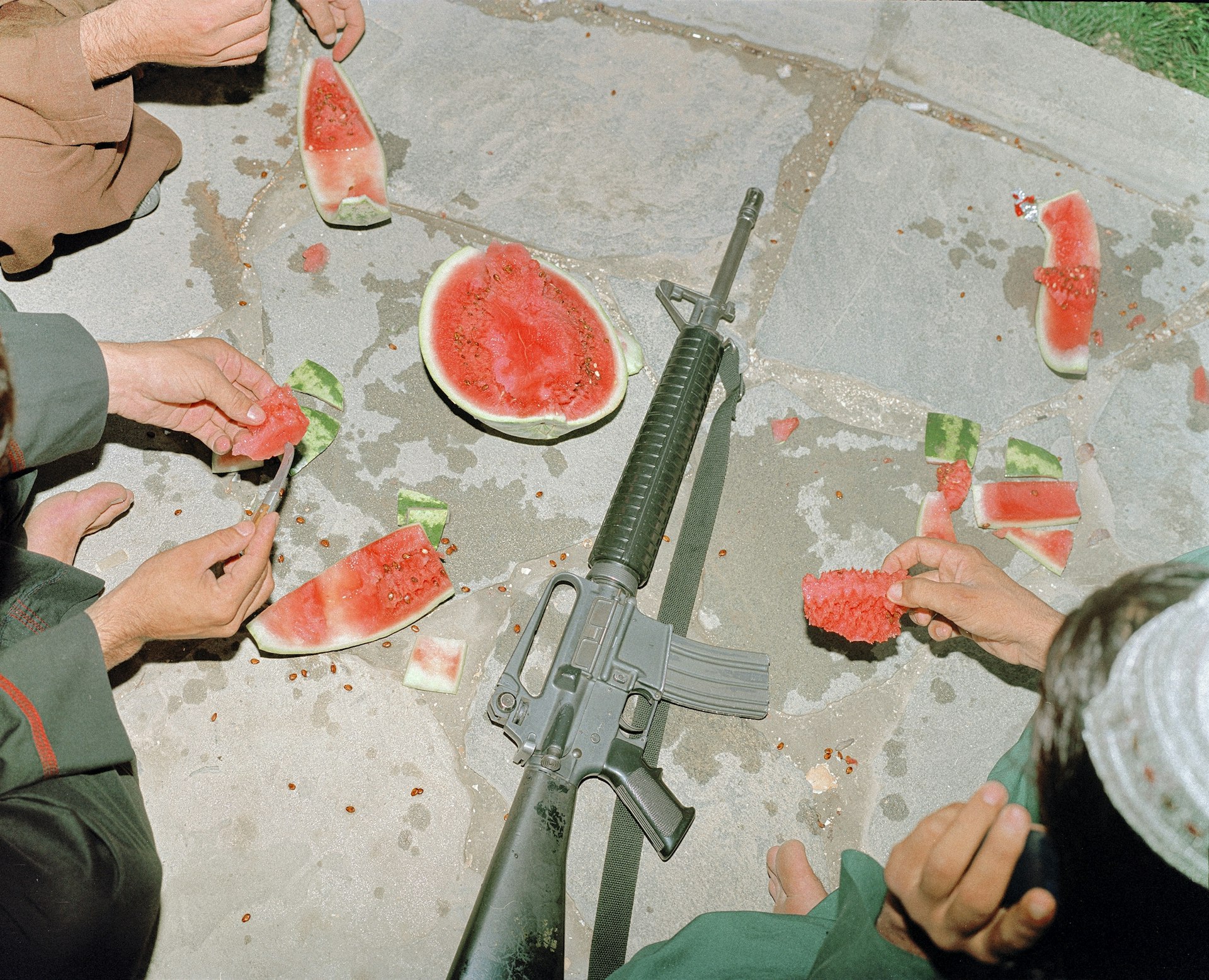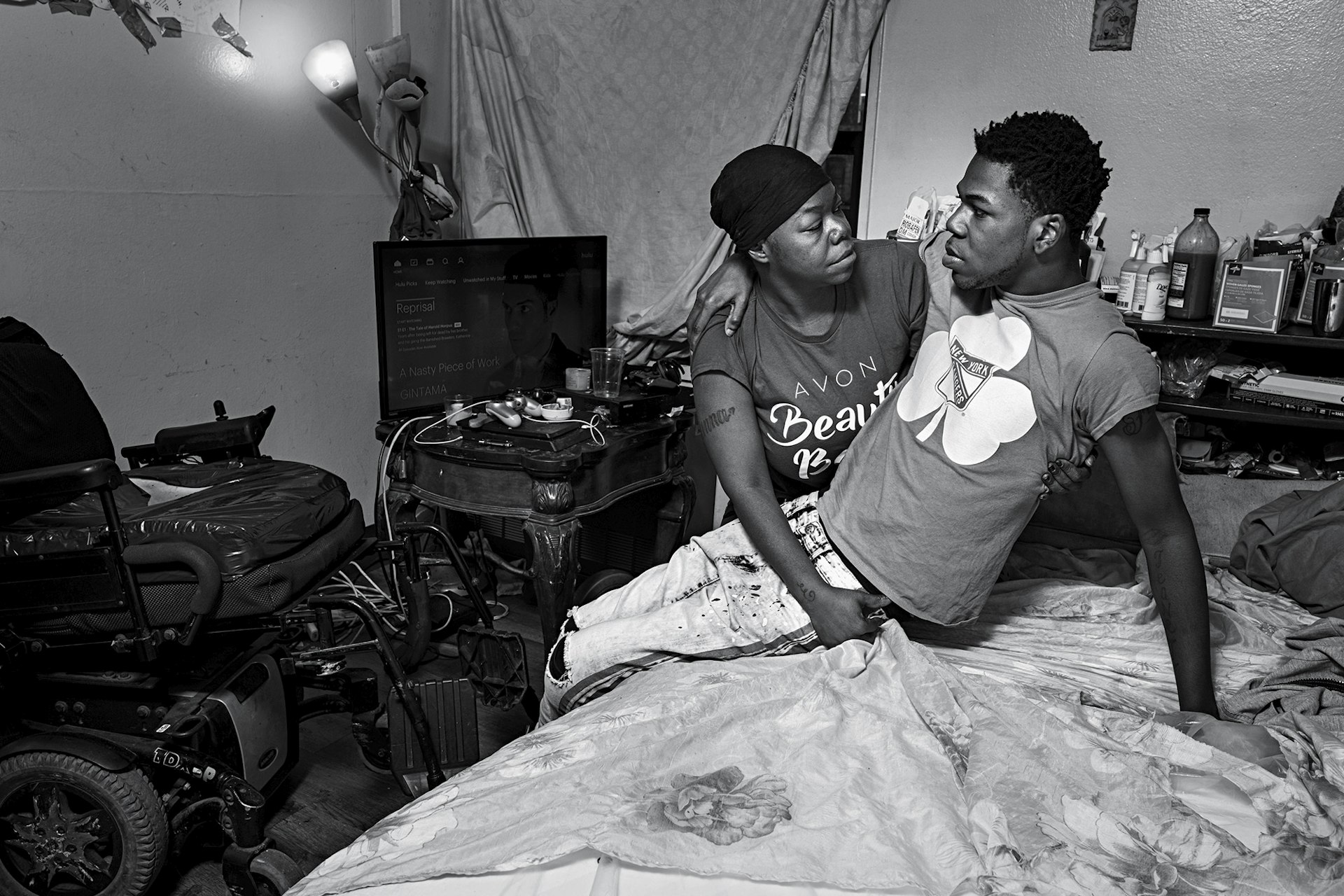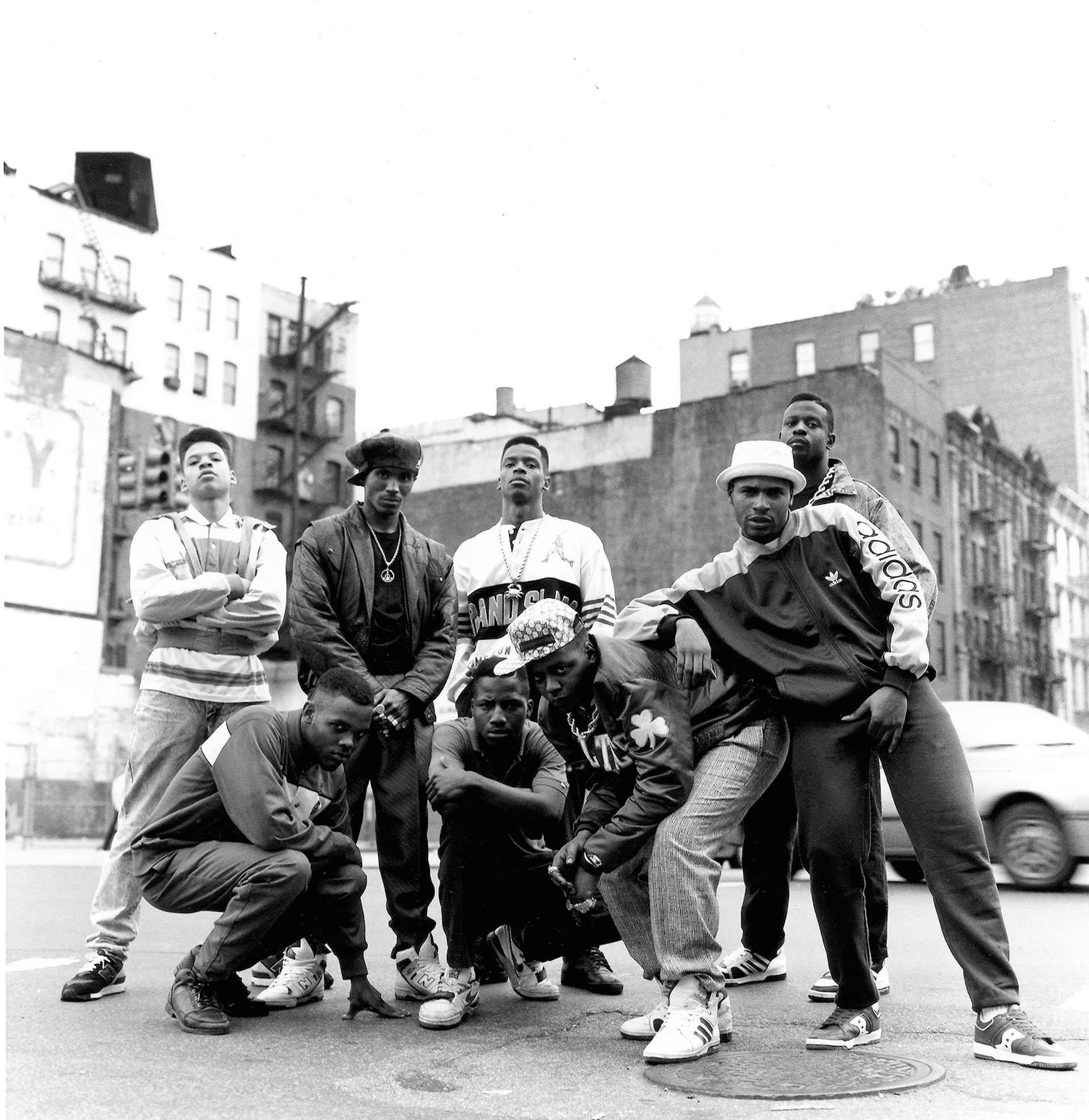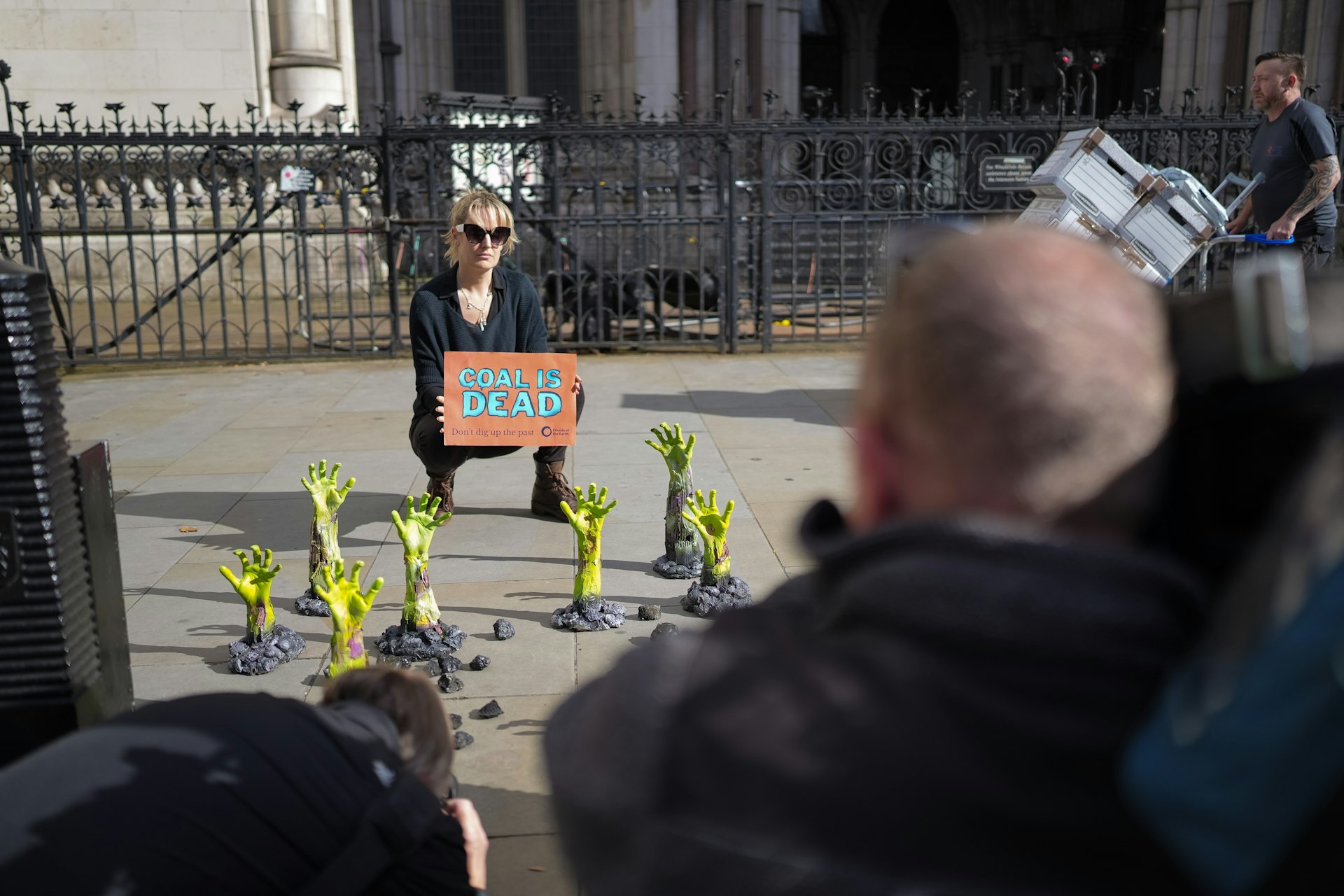At the world premiere of I Love Kuduro in October 2013 at DocLisboa, the International Film Festival of Lisbon, the city’s amphitheatre São Jorge looked more like a disco than a cinema. Nearly a dozen people stood in front of a giant white canvas jumping and cheering out loud while a huge audience applauded and cheered. Everyone was part of the celebration.
Brothers Mário and Pedro Patrocínio who directed the documentary were speechless as they were summoned to the stage to present the film. After finally revealing the film to the world, their emotions were conveyed less by their words, and more by their bodies.
In a similar way, kuduro, an electrifying genre of Angolan music characterised by a techno-tribal boom-bap, communicates through its high energy dance moves that throw the body into uncanny shapes and poses. The genre blew up in Portugal during the 1990’s among second generation of African immigrants and became known worldwide thanks to the success of Buraka Som Sistema.
At Sagres Surf Culture festival, the Patrocínio brothers told Huck about digging down to the roots of Angola’s kuduro movement and how the genre lifted the spirit of Angolan communities in the post-war era.
How have audiences reacted to I Love Kuduro?
Mário: It’s been a privilege to follow the documentary’s footsteps. It’s been very well received by audiences, no matter what the viewers’ nationality. The film is reaching everywhere and that’s very important for us. We’ve had fun experiences where the audience reacted while watching the film: either applauding, commenting or simply laughing. That’s amazing!
Why did you want to make a documentary about kuduro?
Pedro: Were originally interested in looking at how Africans have influenced Portuguese culture and we made a trip to Cape Verde where we heard about kuduro. Everyone told us that the scene was happening in Angola and that country was always a mystery for us. We like to research and get to know more about things and we wanted to learn about kuduro. People know the sound because of Buraka [Som Sistema]. Mário was already writing a piece of the project when we got the chance to go to Africa, where we blended in with the crowds and enjoyed the ride.
How did you mix with the community?
M: We got there and humbly started talking with people. We’d say: “Hi, I’m Mário and this is Pedro. We are working on a documentary on the culture and we’ll give our best.”
P: We just started chatting with people. If you give respect, you will be respected.
Did you feel a responsibility to represent the community authentically?
M: With every film we produce we try to show reality as much as possible. But, as you know, by the time we are pointing a camera at something or someone you’re already changing reality. We always try our best to take the audience on a trip that will enrich them. That’s the point.
Had you ever listened to kuduro before producing the documentary?
M: We always heard a bit of it. It has its fun, people shake with it, but it’s not the type of music I’d play on my iPod or computer. But it’s something that, like it or not, you immediately start moving around and shaking your bones. It’s something incredible and electrifying. It actually represents the mixture of the mother’s heartbeat and the child on her back’s heartbeat, which is a little faster, so it makes: pum-pa-pum-pum-pa-pa-pum-pa-pa.
What does kuduro tell you about the Angolans?
M: That they are extremely festive and happy. There’s no one more festive than the Angolans and that is pretty much reflected. They were in war for too long and people had to find an escape and kuduro was a bit of that, a way of escaping the war, a physical and physiological liberation that became a mass movement.
Your documentary has a very positive aura in a country that the mass media represents as poor and corrupt. What did you want to demonstrate with I Love Kuduro?
M: Although there are people in extreme difficulties, we always try to view things in a positive way. Although, if you watch the film closely you’ll learn a lot about Angola through the lyrics or people talking about their lives. We tried to focus on the cultural movement, but obviously it is a country that just emerged from war and that is very present in the film. It’s inevitable because they are human beings who lived through those events.
How was shooting I Love Kuduro?
M: With any film you have to start with a wider universe so that you can eventually choose your own paths. We always try to get to know as much as possible so we can decide where to go. That’s basically what we did: we started with a large universe and then focussed in on the people who were more important or who best represented the urban cultural movement that is kuduro.
What were the main challenges you found along the way?
M: It was really hard to find any information about kuduro, either online or in books. Portugal’s knowledge on kuduro comes from Buraka [Som Sistema], so we needed to step foot inside the culture. We had to research and research and meet around a hundred kuduristas before we could decide which way to go. As it’s very recent history, everyone says something different which makes it hard to verify anything.
What have you learned while shooting it?
P: That there are no barriers. Filming in Angola or Brazil we realised we can go anywhere because we’re humans, we’re all made of the same fibre.
What does surfing have to do with your work?
P: We had the privilege of having families connected to the sea, so that has always been present. We started boogieboarding and later got surfboards and began understanding the sea. That’s something natural for us, we live in Portugal, next to the sea.
M: Surfing taught us lots of things, like knowing to choose, to wait, to see things from a different point-of-view. If I’m going into the sea, I always observe it before jumping in so I can find water streams or work out how I’m going to get out beyond the breaks by duck diving through the waves. Plus, when you’re in the water you have to choose the best waves and have respect for the others surfing next to you. You learn to flow and enjoy it, without creating barriers, just as it should be in life.
What are your plans for the future?
M: Films, films, films. Documentaries, fiction, anything. We want to work with Portuguese and foreign directors, as well as give the opportunity to others to positively contribute to our society.
Find out more about I Love Kuduro.
Latest on Huck

Autism cannot be cured — stop trying
A questionable study into the ‘reversal’ of autism does nothing but reinforce damaging stereotypes and harm, argues autistic author Jodie Hare.
Written by: Jodie Hare

Bristol Photo Festival returns for second edition
After the success of it’s inaugural run, the festival returns this autumn with exhibitions, education and community programmes exploring a world in constant motion through still image.
Written by: Ben Smoke

Documenting the life of a New York gang leader paralysed by gun violence
New photobook ‘Say Less’ is a complex yet humanising look into a life wrecked by gun violence and organised crime.
Written by: Isaac Muk

The woman who defined 80s Hip Hop photography
A new exhibition brings together Janette Beckman’s visionary and boundary pushing images of an era of cultural change and moral panic.
Written by: Miss Rosen

In photos: the dogs of Dogtown
A new photobook documents Venice Beach’s four legged friends and their colourful cast of owners.
Written by: Isaac Muk

Inside the battle to stop coal
As the legal challenge against Britain’s first deep coal mine in 30 years reaches the High court, we talk to activists at the centre of the fight to stop it.
Written by: Ben Smoke